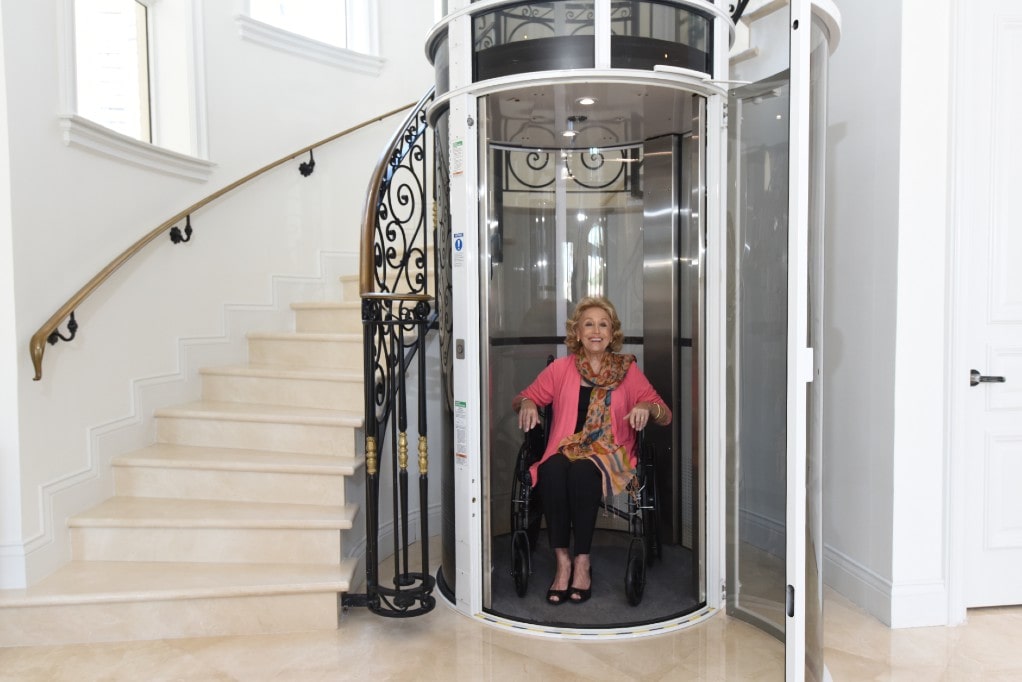Leading Lift Companies in London: Supplying Exceptional Solution and Assistance
Leading Lift Companies in London: Supplying Exceptional Solution and Assistance
Blog Article
Digging Into the World of Elevators: Typical Issues Encountered by Various Lift Devices
As we navigate with the upright transport systems of contemporary structures, elevators stand out as an important part of our daily lives. From hydraulic lifts to grip systems and machine-room-less layouts, each lift kind comes with its set of common concerns.
Hydraulic Lifts
Hydraulic lifts, often chosen for low-rise buildings, use fluid stress to regulate the movement of the lift auto (lift repair companies). This system involves a hydraulic pump pushing oil into a cyndrical tube, triggering the lift to relocate the desired instructions. While hydraulic lifts are known for their quiet and smooth procedure, they do come with their very own set of usual issues
One widespread issue with hydraulic elevators is oil leakage. Additionally, issues with the control system, such as defective shutoffs or a malfunctioning pump, can cause disturbances in the elevator's activity.
Regular upkeep and timely repairs are important to ensure the smooth functioning of hydraulic lifts. By resolving these common issues proactively, structure proprietors can lessen downtime and make sure the security and efficiency of their vertical transportation system.
Traction Lifts
When taking into consideration upright transportation systems in buildings, an additional typical type other than hydraulic lifts is the grip elevator. Grip lifts operate making use of a system of ropes and weights that move the lift auto by grasping onto the hoist ropes. This mechanism enables smoother and much faster vertical transport contrasted to hydraulic systems.
One of the usual problems faced by grip elevators is rope wear. The consistent motion of the ropes within the traction system can cause deterioration with time, potentially creating the elevator to breakdown or end up being hazardous for usage. Regular inspections and upkeep of the ropes are necessary to make certain the elevator's correct functioning and safety and security.
Another concern that traction lifts may come across is related to the control system. Issues with the control system can lead to problems such as erratic activity, hold-ups in response times, or even complete shutdowns. Routine screening and maintenance of the control system are vital to stop such problems and ensure the elevator's dependability.
Machine-Room-Less (MRL) Lifts

One of the vital parts of MRL elevators is the portable gearless traction equipment that is mounted within the hoistway. This maker successfully drives the elevator vehicle without the need for large devices discovered in traditional grip elevators. In addition, MRL lifts usually use a weight system to stabilize the london lift company cars and truck, further boosting their energy performance.
Regardless of their advantages, MRL elevators might deal with obstacles associated with upkeep and fixing due to the restricted space for equipment installment. Ease of access for servicing elements within the shaft can be restricted, requiring specialized training for service technicians. Correct maintenance routines and routine examinations are essential to make sure the ongoing smooth operation of MRL elevators.
Overloading and Weight Limitation Issues
Are lifts outfitted to handle excess weight loads effectively and securely? Straining and weight limit issues are vital worries in lift procedures. Lift manufacturers layout raises with certain weight capacities to guarantee passenger safety and security and tools long life. Going beyond these weight limits can result in numerous troubles, consisting of mechanical failures, hold-ups, and security risks.
When lifts are strained, it places extreme strain on the electric motor, wires, and various other elements, potentially causing failures or breakdowns. If they identify excess weight, safety and security systems such as sensors and overload sensing units are in location to prevent lifts from moving. In addition, surpassing weight limitations can lead to boosted energy intake and damage on the elevator system.
To mitigate overwhelming issues, constructing managers need to prominently present weight limitations in elevators disabled platform lifts prices uk and inform occupants on the relevance of sticking to these restrictions - lift repair companies. Routine upkeep checks by qualified technicians can likewise help make sure that lifts are operating within secure weight parameters. By resolving overloading and weight limit concerns proactively, building owners can boost elevator security and performance
Electrical System Failures
Exceeding weight limitations in lifts can not only result in mechanical concerns but likewise possibly add to electrical system failures within the lift facilities. Electric system failures are a vital concern in elevator operation, as they can trigger unanticipated shutdowns, malfunctions, or perhaps safety risks. One typical electric concern is the overheating of components because of too much existing circulation triggered by overwhelming the lift past its ability. This can lead to damage to the electric motor, control, or circuitry systems, resulting in costly repair work and downtime.
Furthermore, power surges or changes in the electrical supply can also disrupt the lift's procedure, affecting its performance and safety. These electric disturbances can damage sensitive lift parts such as control panels, circuit card, or sensors, leading to system failings. Normal upkeep and examinations are critical to determine and deal with potential electric problems quickly, ensuring the reliable and risk-free procedure of lift systems. By adhering to weight limits and performing routine electric system checks, structure proprietors can alleviate the risk of electrical failings in elevators.
Conclusion

Hydraulic lifts, commonly we maintain lifts chosen for low-rise buildings, make use of fluid pressure to regulate the motion of the elevator cars and truck.When thinking about upright transportation systems in structures, one more usual type aside from hydraulic lifts is the traction lift. Traction elevators run utilizing a system of ropes and weights that move the lift vehicle by clutching onto the hoist ropes. Unlike standard elevators that call for a separate maker room to house the devices, MRL lifts integrate many of the components within the shaft, getting rid of the demand for a devoted machine space.In verdict, elevators face common problems such as hydraulic breakdowns, traction system failures, and electric system troubles.
Report this page